Congress passed the National Defense Authorization Act for Fiscal Year 2025 last December, setting a December 23, 2025, deadline for a national security agency to assess risks posed by Chinese-manufactured drones. With less than six months remaining, DJI has intensified its push for a transparent and thorough evaluation, arguing that a rushed or incomplete process could block new drones from the market without proven threats. This development raises questions about balancing security with the needs of drone operators nationwide. DJI’s official statement highlights the stakes for public safety and the drone industry in general.
NDAA Mandate Sparks Timeline Concerns
The NDAA requires a designated agency, such as the Office of the Director of National Intelligence, to evaluate potential vulnerabilities in drones from China, including DJI models widely used in the US. Lawmakers on July 10 demanded completion within 30 days, a timeframe DJI views as inadequate for a credible review. DJI stated that it welcomes scrutiny, noting its security measures like data encryption and privacy controls lead the industry. The drone maker urged officials to allow time for evidence review and dialogue to ensure fairness.
DJI sent a letter in March 2025 pressing agencies to begin the process, but no formal start has occurred. Without proper assessment, an automatic addition to the FCC’s Covered List could halt imports and sales of new DJI drones, as outlined in the legislation. This mechanism aims to address perceived risks, yet DJI argues it risks decisions driven by politics rather than facts.
Recent actions amplify the urgency. The Commerce Department initiated a Section 232 investigation on July 15 into drone imports, examining supply chain dependencies and data exposure to foreign adversaries. This probe, open for public comments until August 5, evaluates whether foreign subsidies and pricing undermine domestic production, potentially leading to tariffs or procurement exclusions.

Security Risks Fuel Government Scrutiny
US officials cite data security as a primary concern, fearing DJI drones might transmit sensitive information to China or enable espionage. Allegations trace back to 2017, with agencies like the Department of Homeland Security warning of risks in 2019. Lawmakers point to DJI’s Chinese origins, suggesting government ties could compromise user data, though no public evidence confirms widespread breaches.
DJI counters these claims with independent audits. A 2021 Pentagon report cleared certain models for government use, and the company’s June 2025 Drone Security White Paper details features like Local Data Mode, which prevents automatic data uploads, and AES-256 encryption. Since June 2024, US-based drones do not sync flight logs to DJI servers, enhancing privacy.
The Association for Uncrewed Vehicle Systems International supports the investigation, arguing reliance on subsidized foreign drones weakens US industry. House Republicans, including Elise Stefanik, have demanded comprehensive reviews, securing NDAA provisions targeting DJI and affiliates. These efforts reflect broader tensions, where drones support $116 billion in economic activity and 450,000 jobs, yet pose potential vulnerabilities in critical infrastructure.
Real-World Impacts on Drone Operators
Restrictions could disrupt operations for professional and recreational pilots. Surveys indicate two in three businesses might shut down without access to Chinese drones, as alternatives cost more and perform less effectively. Public safety agencies face acute challenges, with DJI drones comprising 80% to 95% of fleets in many states.
In Missouri, legislation could affect 90% of public safety drones, putting lives at risk. John Yeast, a drone pilot for St. Charles County, said:
“If the state of Missouri’s legislative body were to pass this bill, nearly 90% of all public safety drone teams would be required to no longer exist or operate as they do today.”
Florida’s experience illustrates the costs. Agencies report 95% anticipate significant negative impacts from restrictions, with replacement expenses reaching $200 million. The Tampa Bay Times questioned:
“Why is Florida grounding $200 million worth of perfectly good police drones?” 30 Compliant alternatives often take up to six months for delivery and cost nearly six times more.
Farmers like Russell Hedrick note US drones lag behind, stating:
“The U.S. drones are not as good as the DJI ones but cost twice as much.”
This disparity affects precision agriculture, where DJI models enable efficient crop monitoring over vast areas—sometimes spanning thousands of acres (equivalent to several square miles).
First responders echo these sentiments. Captain Kyle Nordfors of Weber County Sheriff’s Office in Utah warned:
“As a first responder, I have witnessed firsthand how this proposed legislation is already being forced to utilize inferior American-made drones would inevitably lead to preventable tragedies.”
In Texas, the Pearland Police Department estimates non-Chinese options cost three to four times more, while Austin’s fleet replacement would run $120,000.
Luis Figueiredo, a UAS detective, explained:
“We would no longer be able to support a lot of the stuff that we currently do with our program if we were using other equipment. Or even if we’re talking about other industries… You’re only not affecting police and fire, you’re affecting a lot of other industries out there.”
Vic Moss, CEO and co-founder of the Drone Service Providers Alliance, predicted broader effects:
“If this slippery slope is followed to its natural conclusion, it will decimate first responder drone fleets and devastate the U.S. drone market, predicted to be $550 billion by the end of the decade.”
Industry Trends and Future Implications
State-level actions preview federal outcomes. Proposals in 2025 sessions target DJI based on unproven allegations, sidelining cost-effective technology. Drone professionals must prepare for shifts, potentially turning to US manufacturers like Skydio, though scaling production remains a challenge.
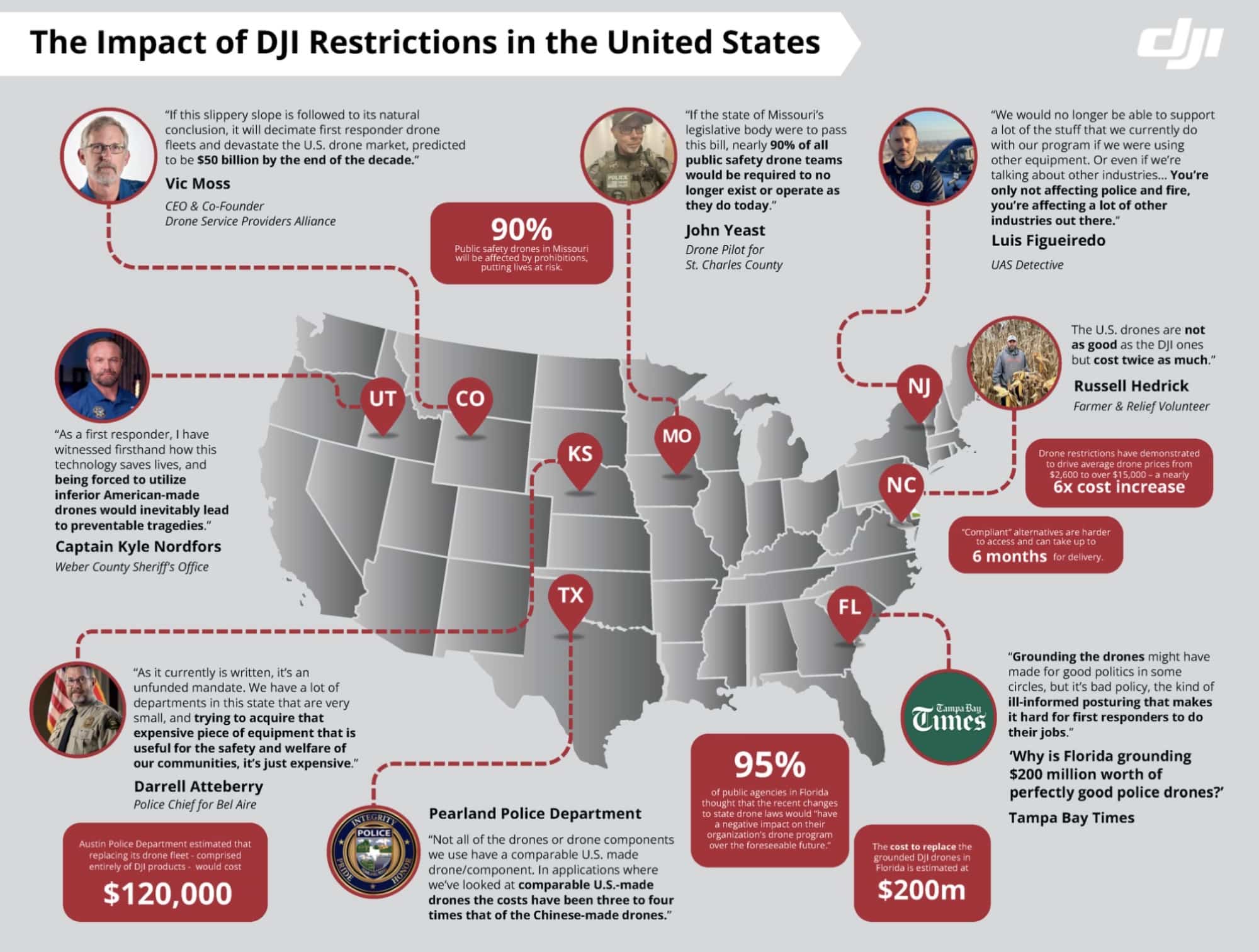
Recreational pilots face hurdles too. Existing drones remain flyable, but new models could vanish, complicating hobbies like aerial photography. Insurance and FAA compliance may tighten for commercial users. DJI’s binding policy, effective June 19, 2025, requires original owners for transfers, affecting second-hand markets.
This situation underscores a trend toward domestic innovation. The investigation could boost US firms, but transitions demand time. DJI advocates for collaboration, stating, “At DJI, we remain committed to working with all stakeholders to address concerns while continuing to deliver technology that saves lives, enhances public safety, and drives economic and social progress.”
As deadlines near, operators should monitor developments. Voices on platforms like X highlight preparations, with users noting customs delays and alternatives emerging. A balanced resolution could protect security without grounding progress.
Darrell Atteberry, Police Chief for Bel Aire, captured the financial strain:
“As it currently is written, it’s an unfunded mandate. We have a lot of departments in this state that are very small, and trying to acquire that expensive piece of equipment that is useful for the safety and welfare of our communities. It’s just expensive.”
The Tampa Bay Times added, “Grounding the drones might have made for good politics in some circles, but it’s bad policy, the kind of ill-informed posturing that makes it hard for first responders to do their jobs.” These insights emphasize the need for evidence over haste in shaping drone policy.
Photos courtesy of Weber County SaR / DJI
Discover more from DroneXL.co
Subscribe to get the latest posts sent to your email.
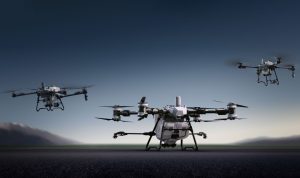
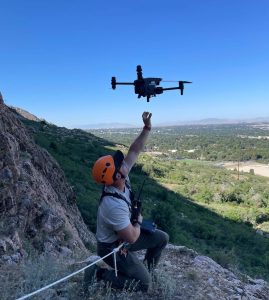
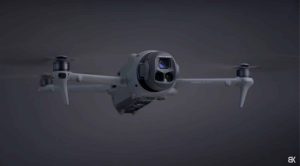

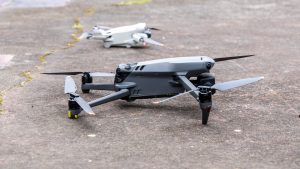
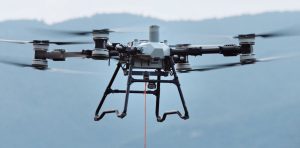
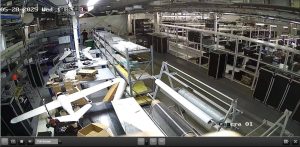
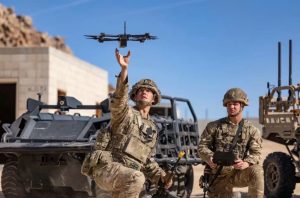

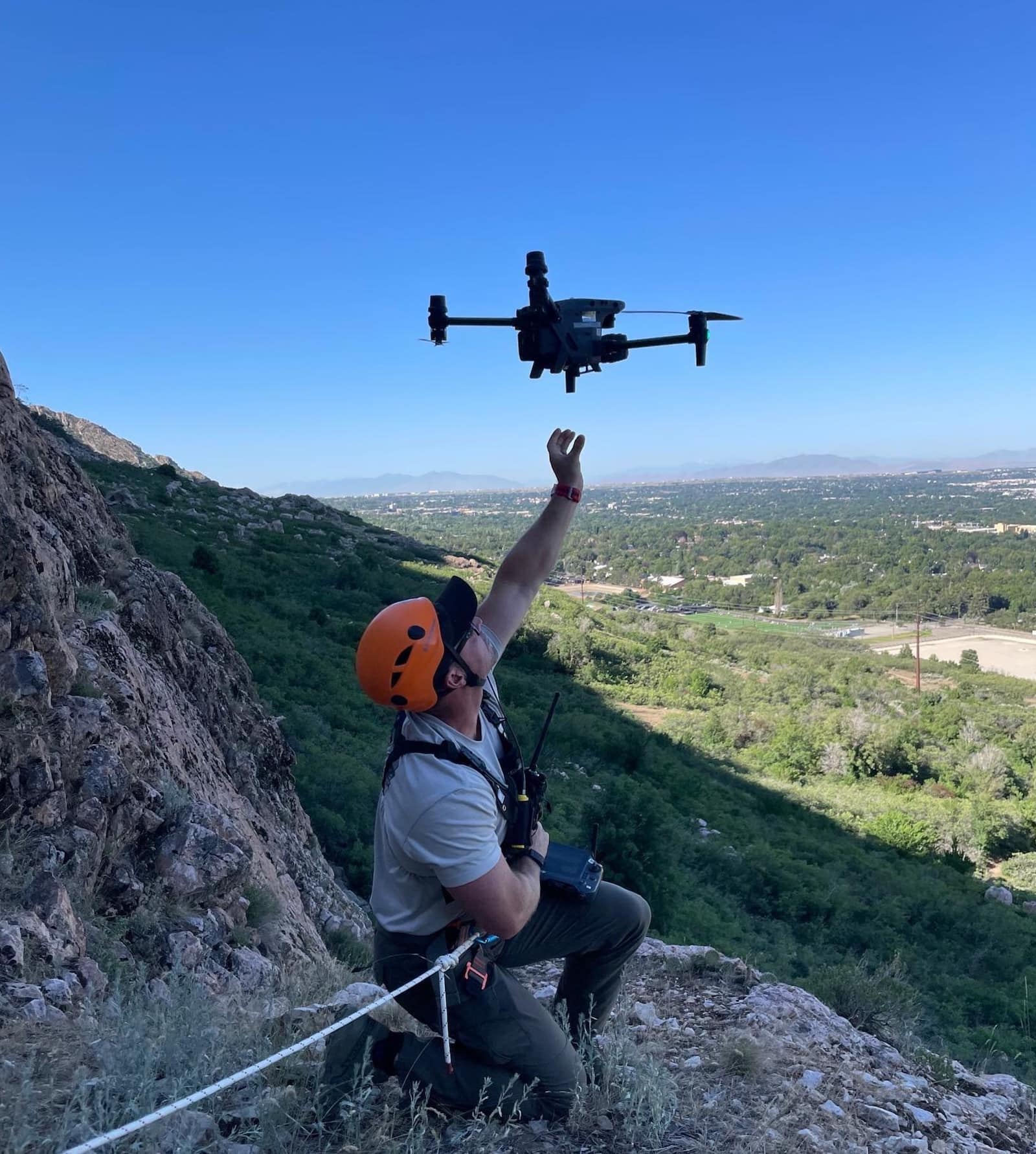
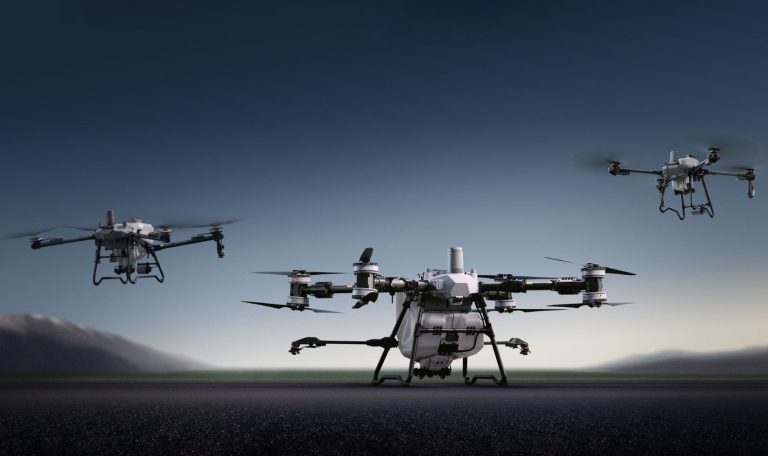
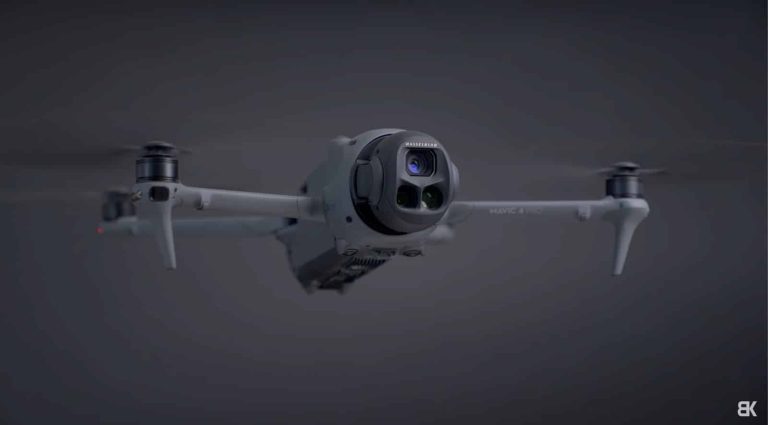
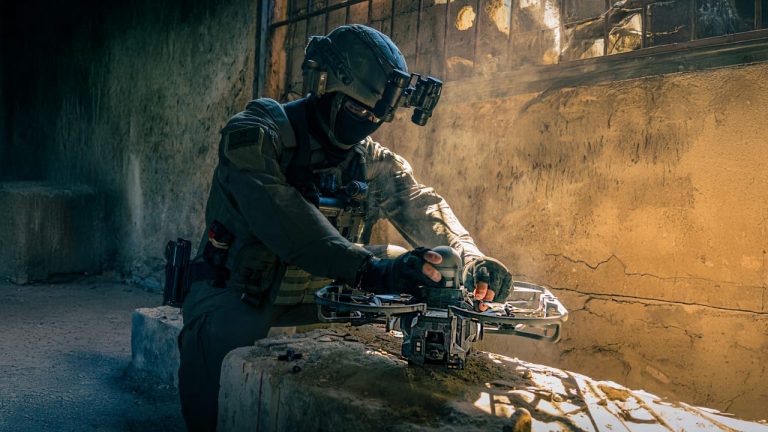
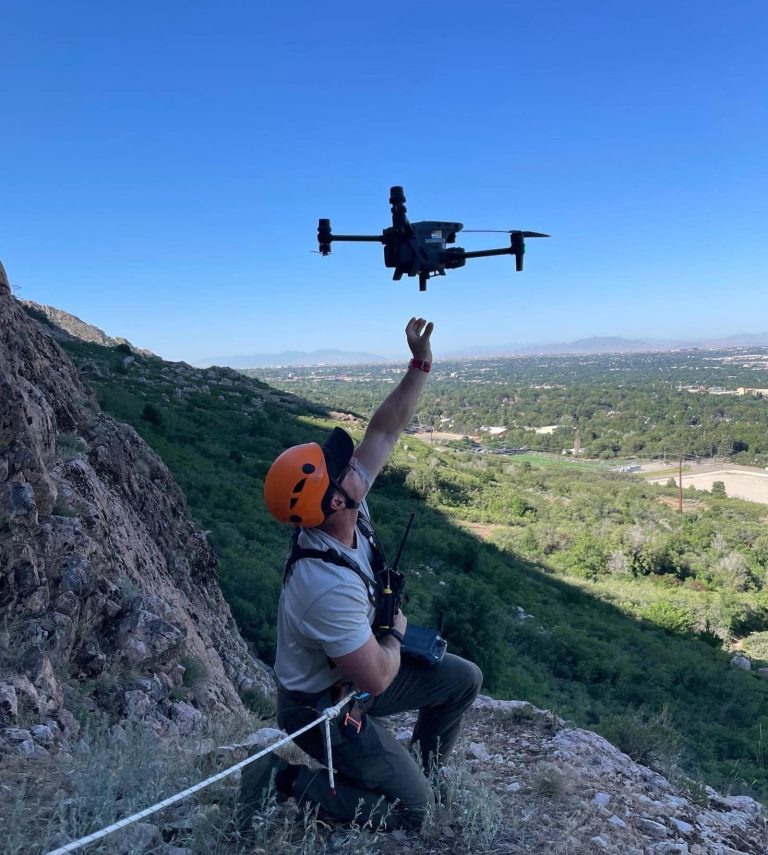
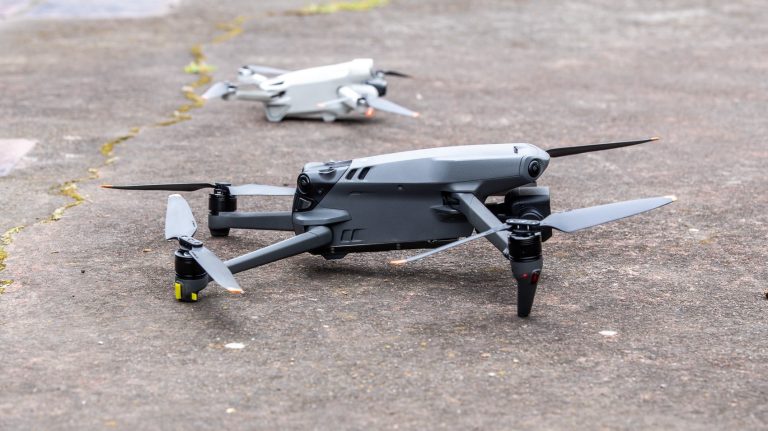
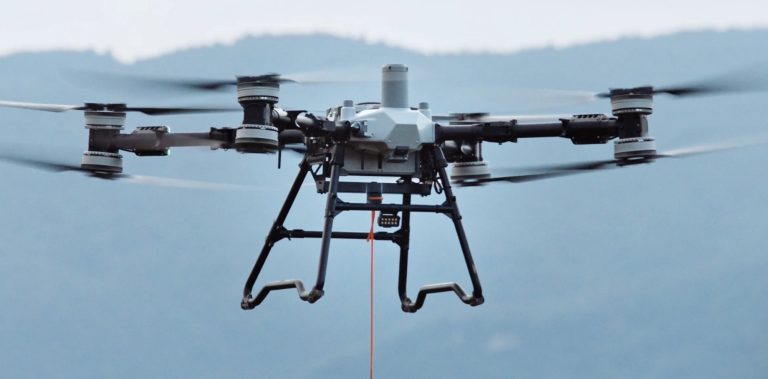


+ There are no comments
Add yours